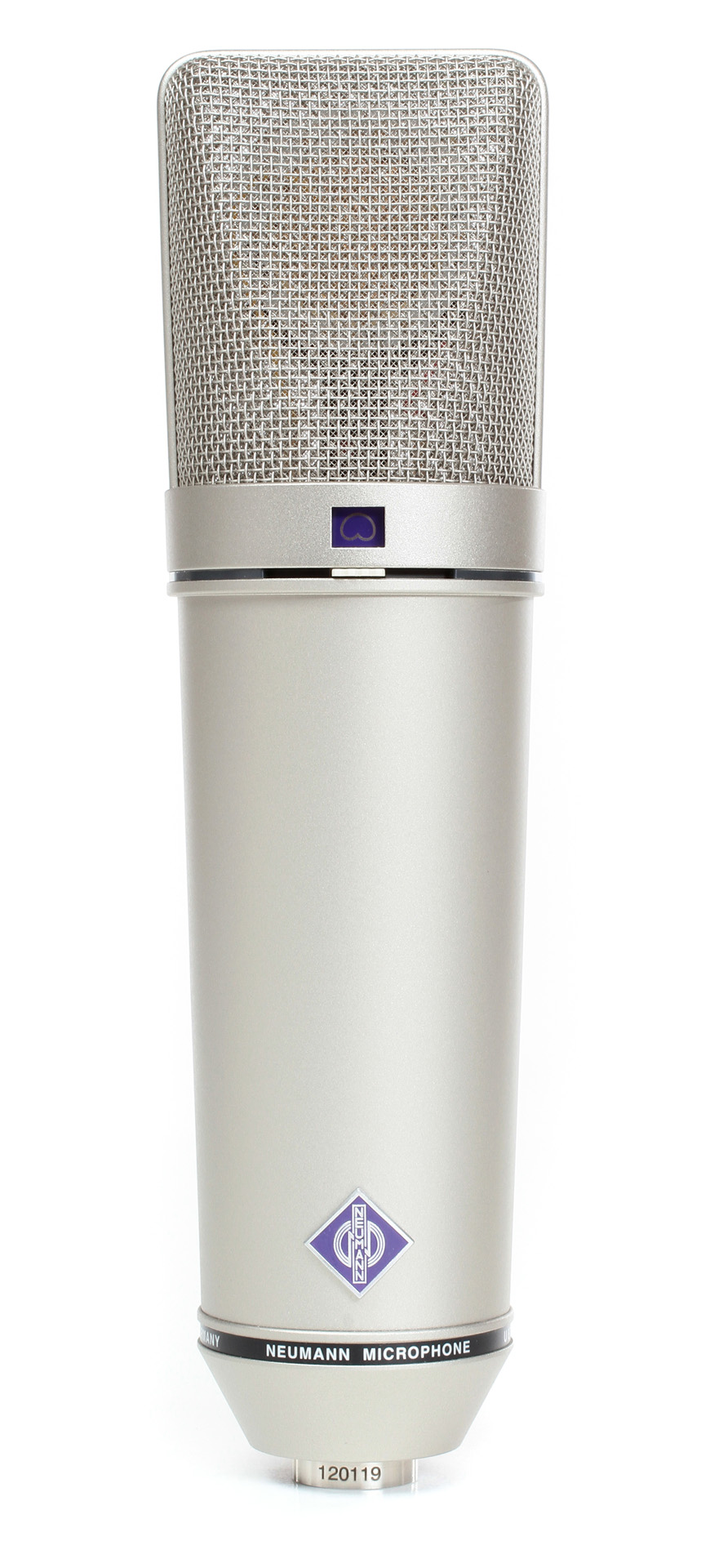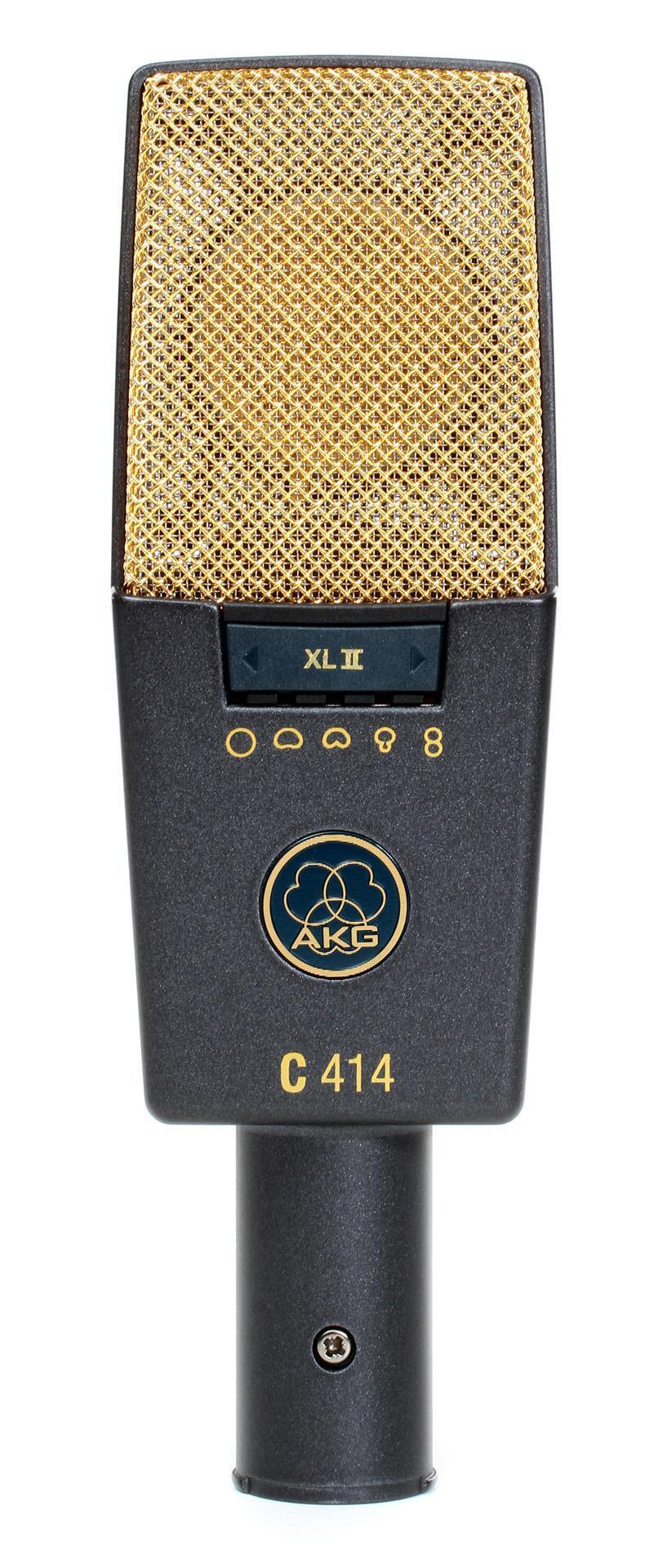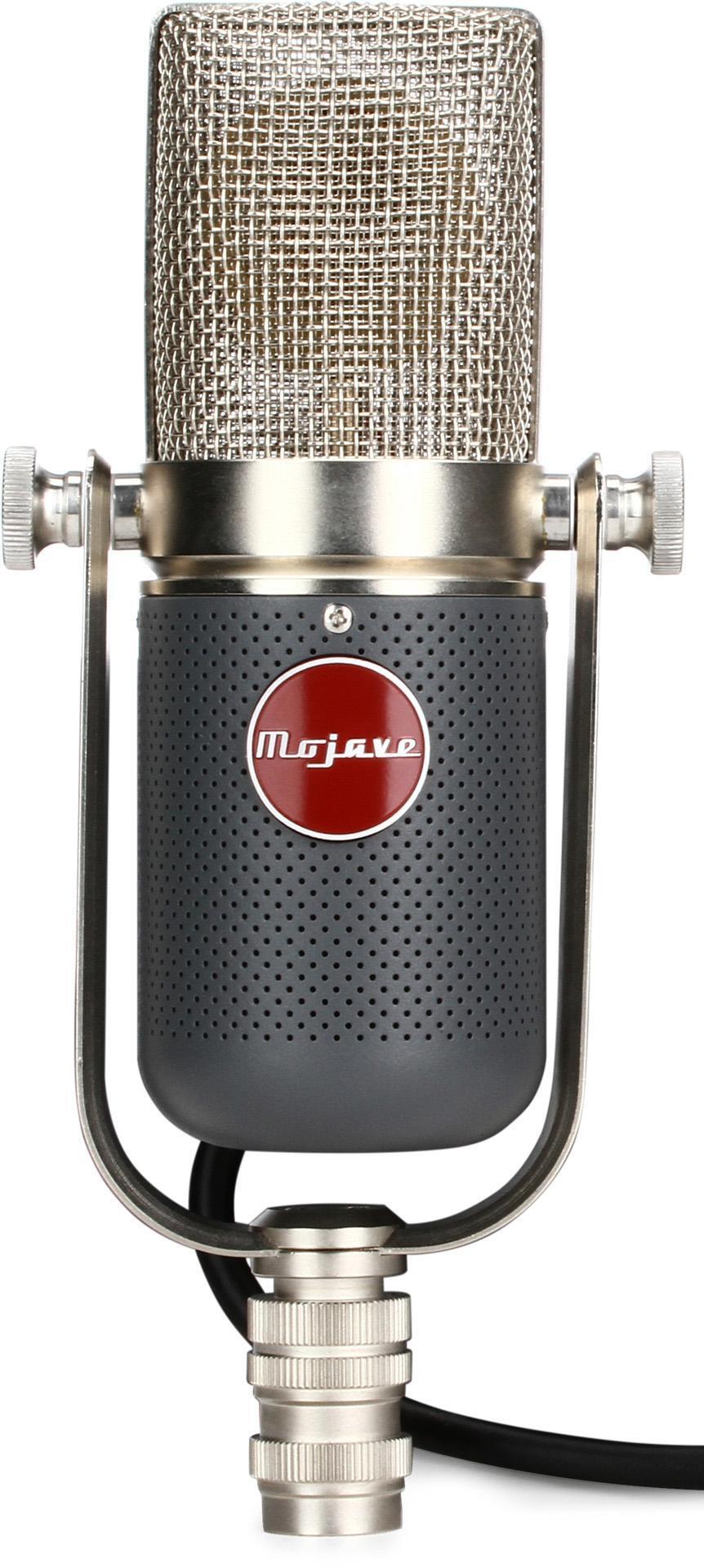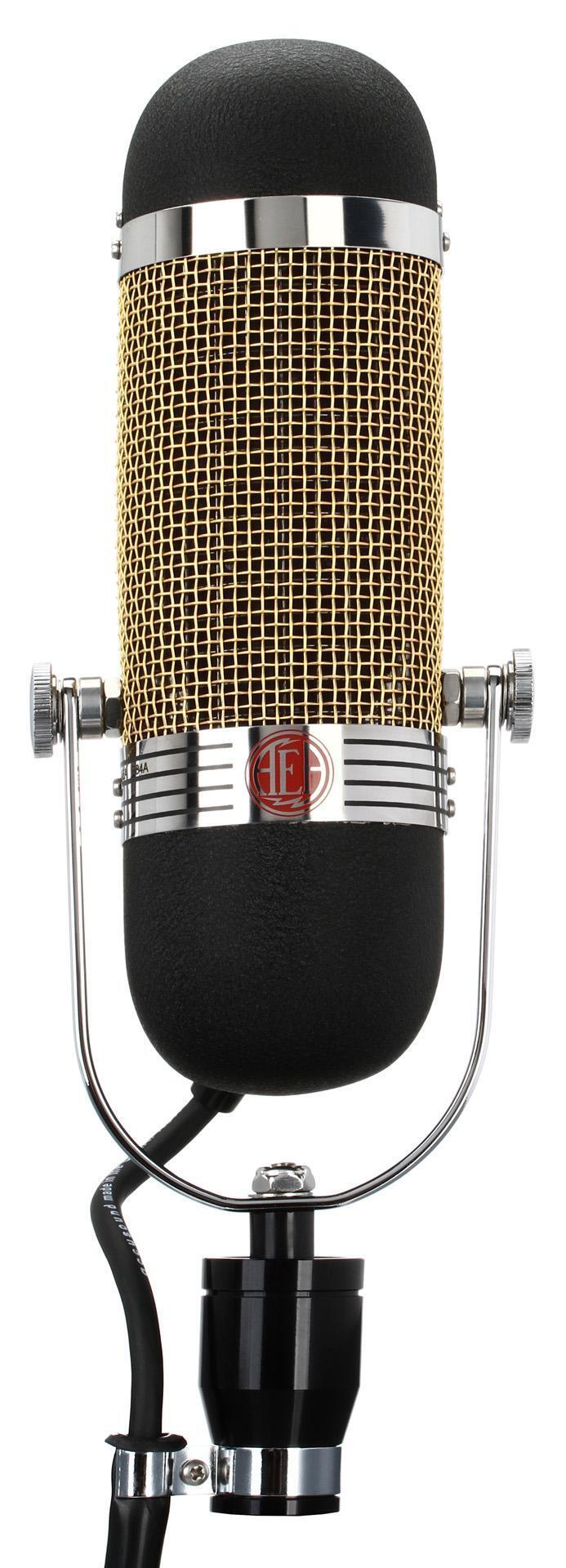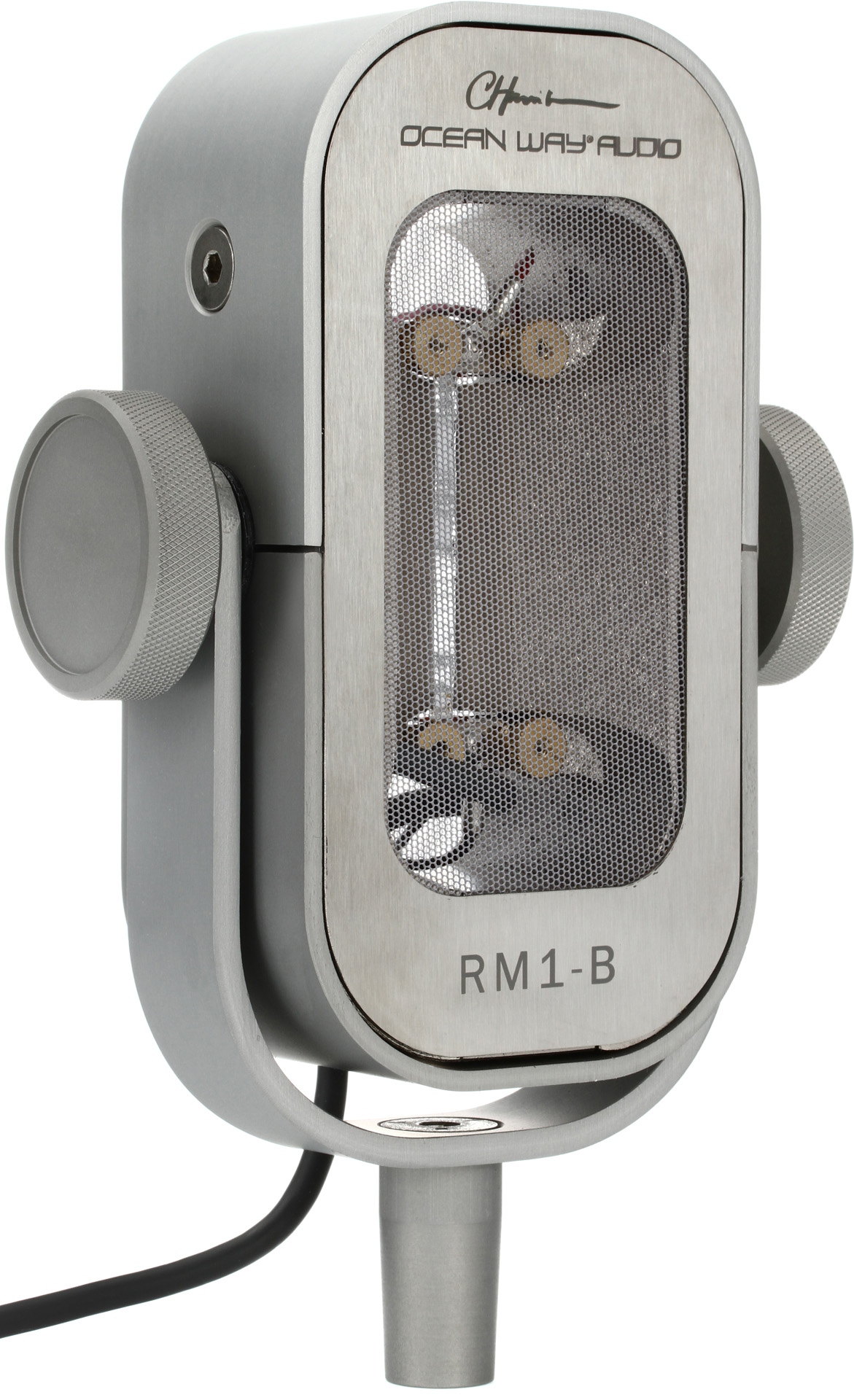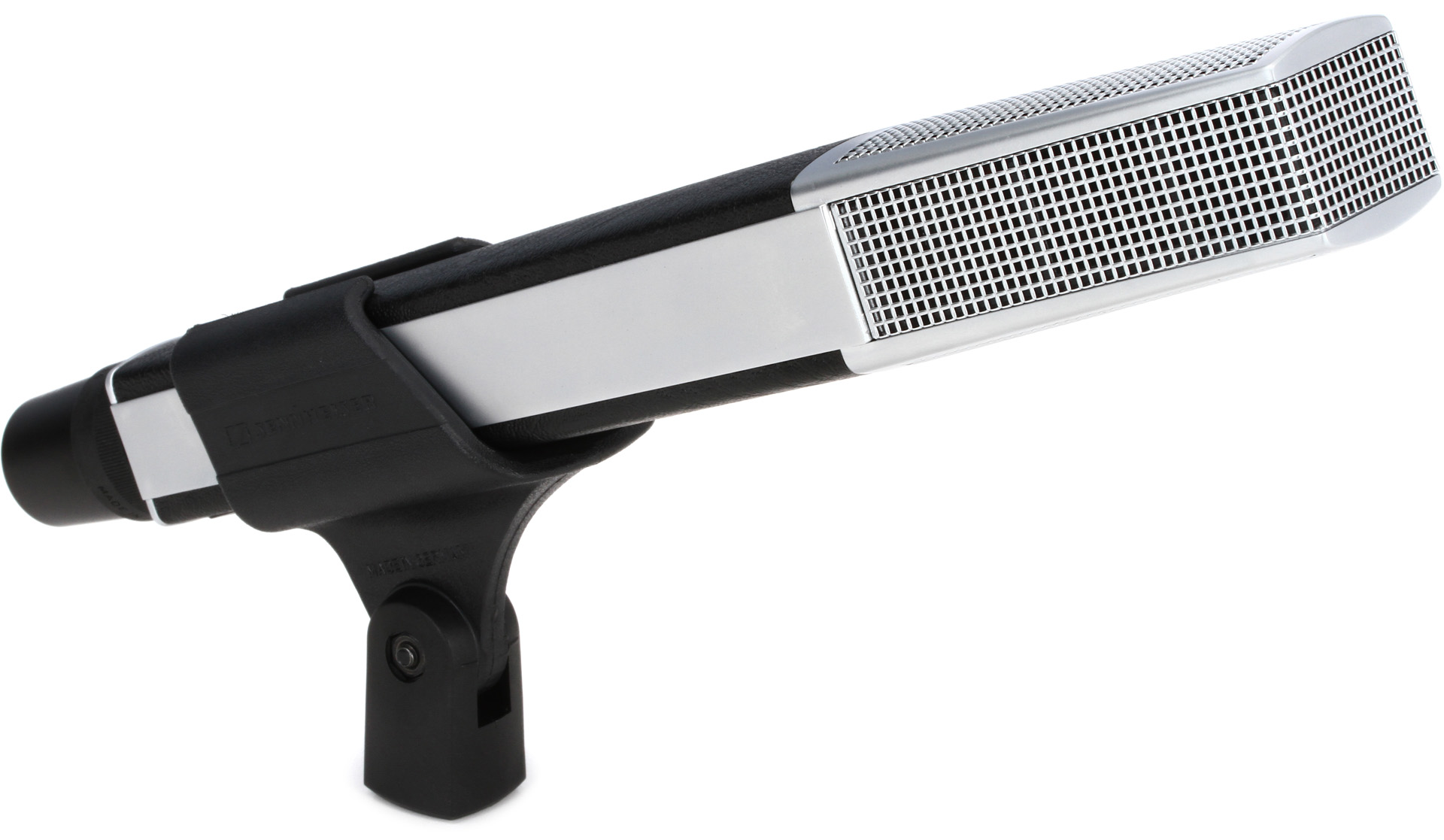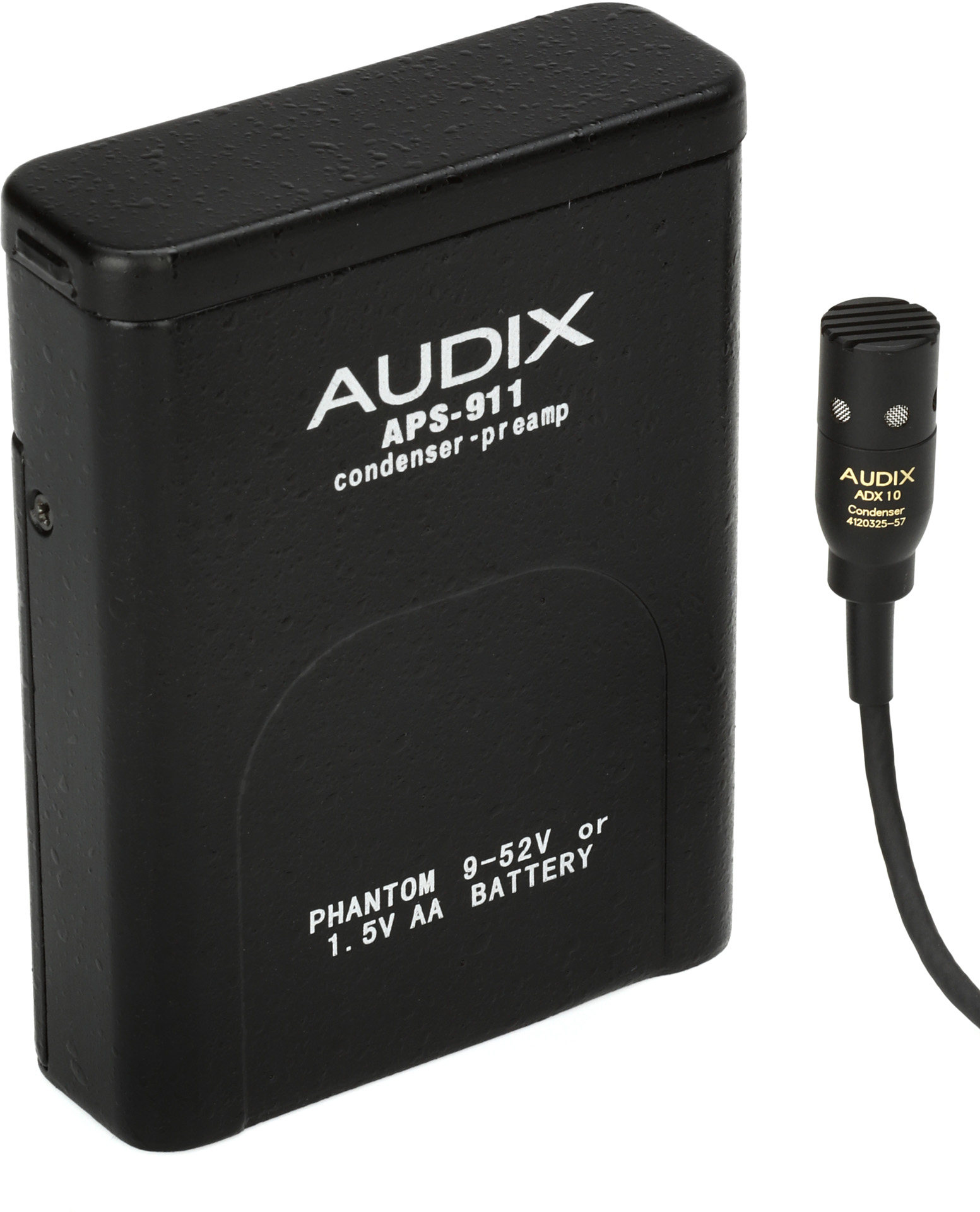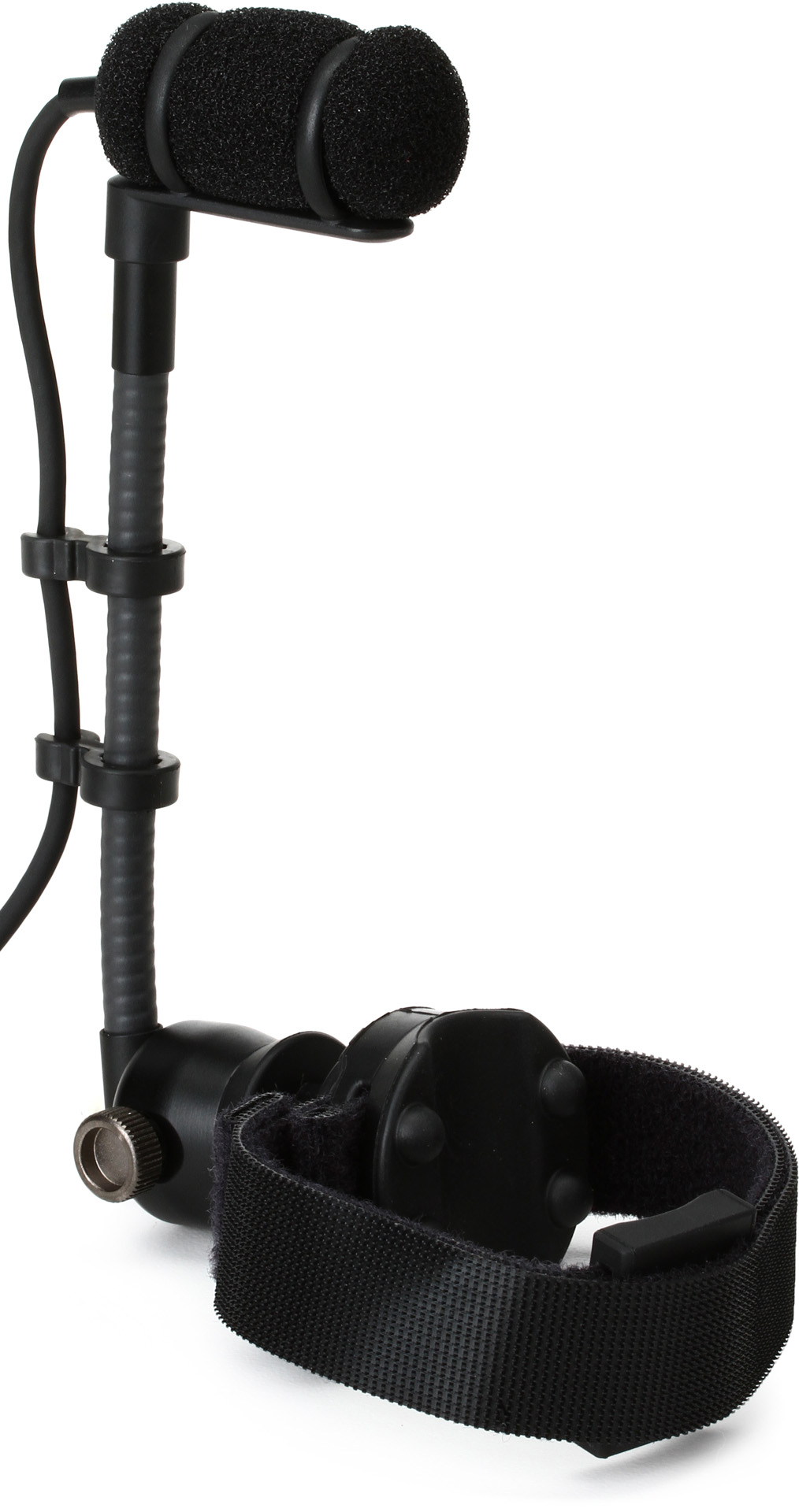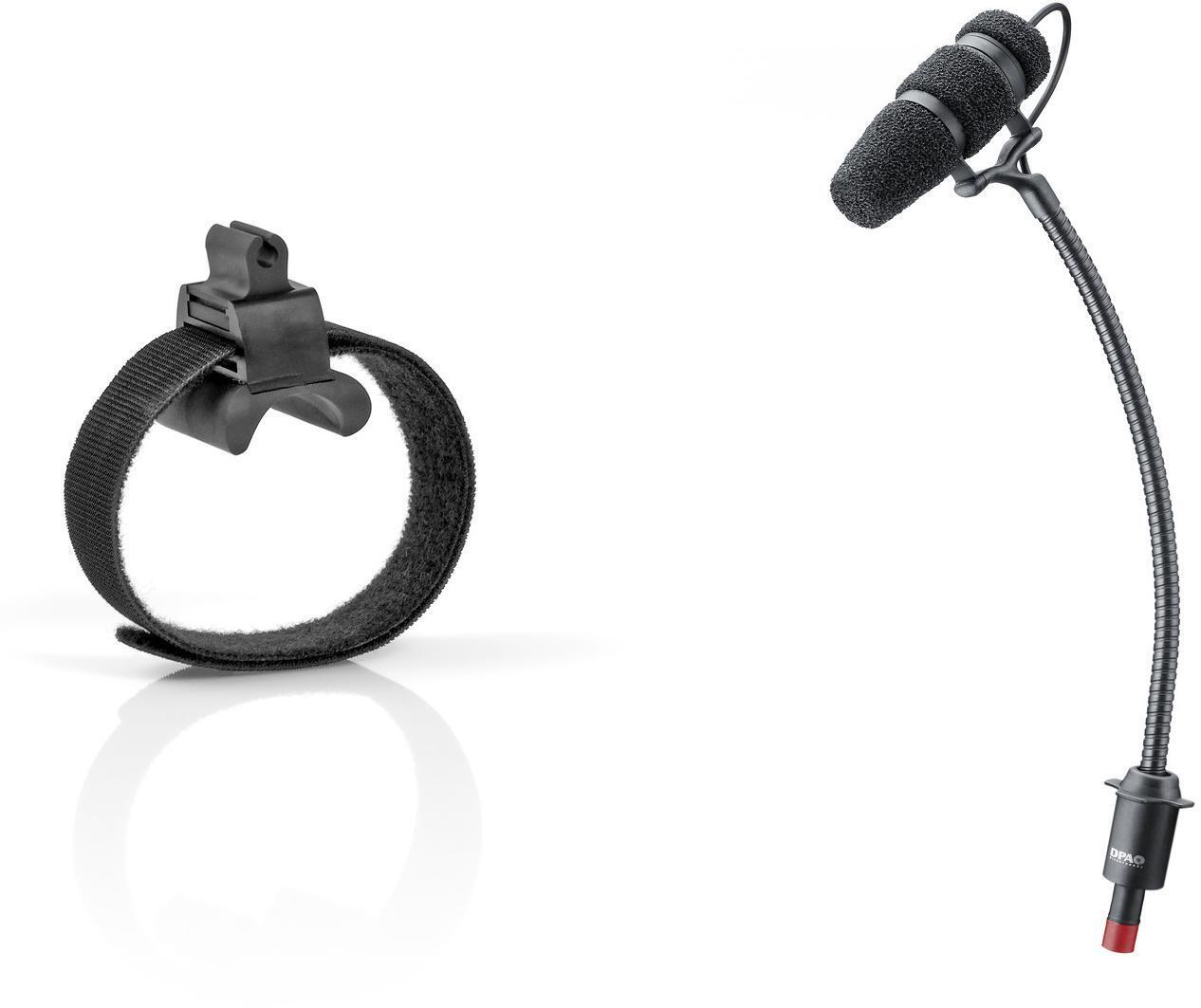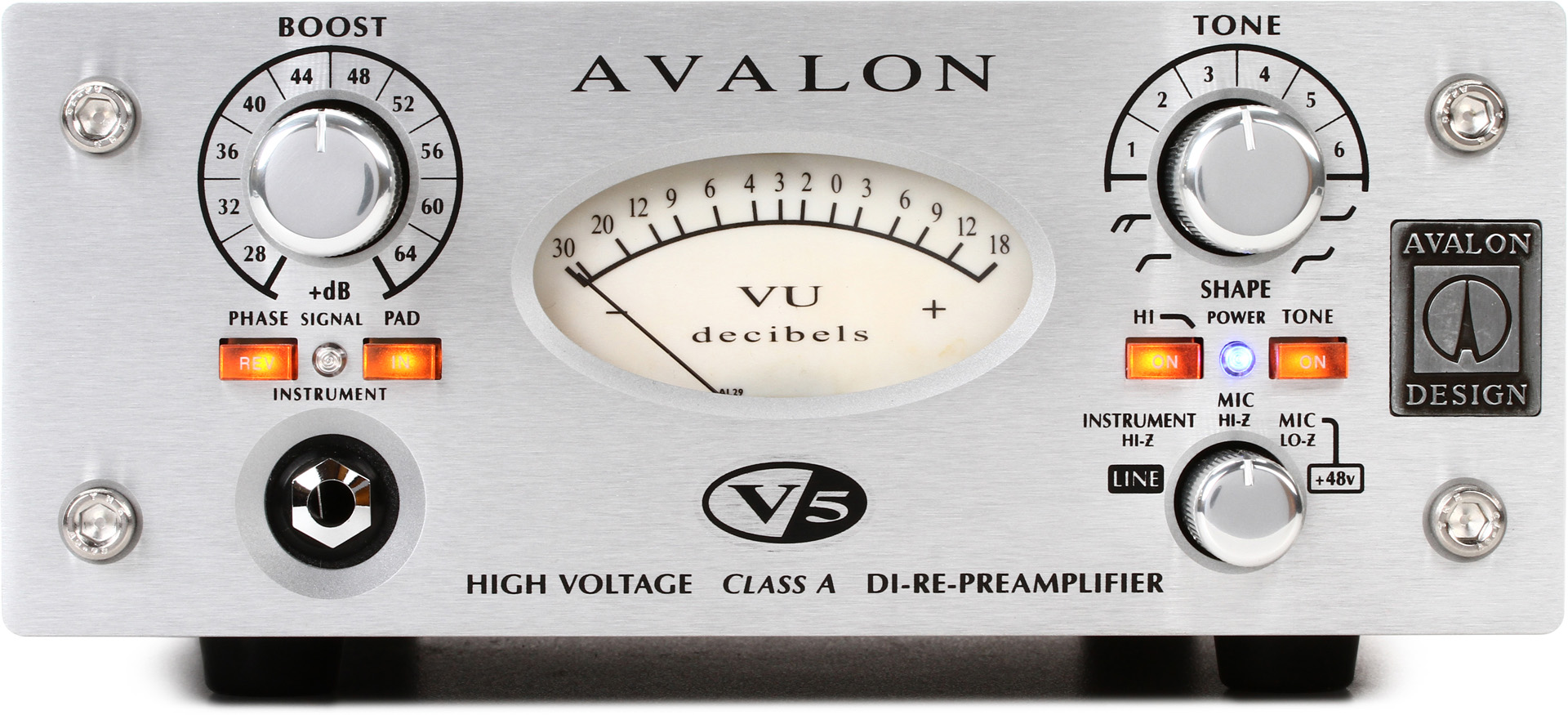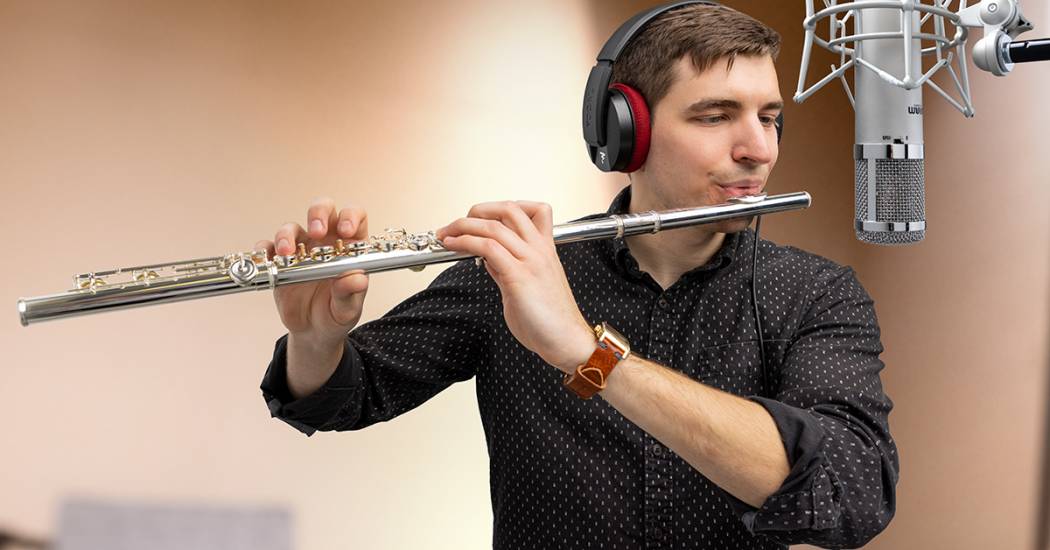
With our large inventory of band and orchestra instruments and accessories, Sweetwater is ready to make your musical dreams a reality — whatever they may be! And, regardless of whether you’re a seasoned recording pro or a flute hobbyist who wants to record themselves, Sweetwater is here to help. The flute is a gorgeous and versatile instrument with equal parts mellow midrange and aggressive high end. Tonal beauty aside, the flute presents a unique recording challenge as sound radiates from points all along the instrument. This article covers microphone selection and placement options for miking flute. We’ll also recommend some mics and other outboard gear while giving you tips to optimize your sound.
Choosing a Mic for Flute
There are a few electronic flutes and woodwinds on the market, but capturing the real-deal flute feel requires a microphone and a space to record. There are endless microphone options to choose from. Ultimately, it comes down to what microphone will best suit the player and the flute in your space. Here are our top picks.
Condenser
Ribbon
Dynamic
Instrument-mounted mics
Which Mic Works Best?
As much as we’d like to point to a specific microphone, you’re the only one who knows how your flute sounds in your space. Luckily, we can provide a rough overview of the three types of microphones so you can make an educated choice. Of course, studio vets are more than familiar with the general sound of each microphone in their collection. And, for the beginner, we’ll run through your options now.
Condenser microphones
Condenser microphones will capture the most detail. They’re capable of exceptional clarity and openness. Still, remember that a condenser sounds best in a room with acoustic treatment. A condenser will capture all manner of extraneous noise in an untreated room, such as a tapping foot, a running dishwasher, a ventilation system, and much more.
Ribbon microphones
An early microphone design, the ribbon microphone captures robust low end and showcases a silky-smooth response. They are well matched with flutes and piccolos because they tame any high-end harshness with ease. Plus, ribbon microphones generally take EQ well, so mixing is a breeze.
Dynamic microphones
Want the old-school flute sound? Use a dynamic mic! Due to its directional nature, it’s a lights-out choice for stage work. A dynamic microphone has a cardioid or hypercardioid polar pattern that rejects unwanted off-axis noise, making it a solid choice for untreated rooms, too.
How to Mic a Flute
Before choosing a microphone and getting started, remember that a flute’s sound comes from multiple points along the instrument. And, because every flute has a unique sound and some players move more than others, miking up a flute can be tricky. Start about 18 inches away and about six inches above the flute. Next, aim the microphone between the headjoint and the left hand to find a good starting point. From there, experiment with positioning until you find the sound that fits your project. Here’s a pro tip: encourage your player to utilize good mic technique and to sway as little as possible while playing. You’ll be rewarded with a much more even sound.
Direct
Some projects call for a clean and focused sound. If you’re getting too much breath or mechanical noise in your signal, then move the microphone back from the instrument and angle it toward the foot of the flute. You’ll control the amount of breath noise you get without sacrificing what you need. This placement yields a very straightforward sound that sits perfectly in almost any mix.
Breathy
Breathy flute tracks are great choices for rock and R&B. If the piece calls for a breathy, native-sounding flute, then consider placing your microphone closer to the headjoint. The closer you come to the headjoint, the more air you’ll capture. Place your mic directly in front of the lip plate about six inches away for Jethro Tull–style breathiness. Have the player blow straight into the mic and listen as the magic oozes from your monitors. Don’t forget a pop filter if you use this technique!
Classical
Recording a classical audition requires a tone all its own. You’ll want something rich and deep with plenty of room. Try placing the microphone across the room and pointing it directly at the player. This will allow the sound to develop fully before reaching the mic, resulting in tamed harmonics and a sound much more akin to what a conductor would hear from the podium. You won’t want the key pads to stick in the holes and create extra noise either, so be sure to run a dehumidifier before your session starts.
Alternate mic placement
Don’t be afraid to experiment with your mic positions because the sound you love could likely result from unorthodox mic placement. Try placing a microphone near the right ear of your performer. You’ll get an uncannily accurate re-creation of how the flutist hears themselves. We’ve also heard of engineers putting a mic above the player’s head and pointing it toward the keys for overdubs.
Tips for Live Flute
Isolation is the name of the game for live flute, especially if you’re not running a silent stage and you’re having difficulty with PA bleed. There are a few options to go with. First, you can take the old-school approach and close-mic the flute with a good, old SM58. Just like you would for a singer, place the mic at head height and angle it slightly upward. Instruct the player to get as close to the mic as they can and to blow directly over the mic. It’s a time-honored technique used by Ian Anderson (Jethro Tull), members of Men at Work, and many more.
Beyond that, you can utilize headworn microphones or specialized flute microphones. With a headworn mic, like the DPA 4088 CORE, just place the capsule on the left side of the face as close to the crown of the flute as possible. You’ll achieve an outstanding sound every time.
Your Signal Chain Matters
While plugging a mic right into your interface will certainly work, optimizing your signal chain will help take a performance to the next level. Here are some pieces of outboard gear that you should check out.
Audio interface
A modern studio isn’t complete without an audio interface! If you’re new to the world of recording and you want to start, then getting an audio interface is the first step. Sweetwater has created a handy Audio Interface Buying Guide to help you find the right interface for any budget. Ready for an interface upgrade? Our list of the best audio interfaces for your home studio has you covered.
Mic preamp
The preamps loaded into audio interfaces have improved drastically in recent years. Still, they don’t impart the same sound as a good, old-fashioned outboard mic pre. Using a dedicated microphone preamp helps you get the best sound possible. Most preamps have highly tweakable features to shape your sound. When setting your levels, remind the flutist to play through the dynamic range expected for the performance.
Tube preamps
Old-school sound and all the rich harmonics you can ask for — that’s the hallmark of a tube preamp. Here are some popular options.
Solid-state preamps
A solid-state preamp is the way to go for the utmost clarity and detail. With one of these excellent mic preamps in your rack, a great flute recording is all but guaranteed!
Location, Location, Location
As we mentioned, the flute is a highly dynamic and expressive instrument capable of some serious sonic feats. With that in mind, you need to carefully consider your recording space. We recommend setting up in the largest, most acoustically cohesive room in your space. That could be a living room, a garage, or a foyer. Walk around your room and figure out what works well. It doesn’t matter what you’re rocking; the room makes the recording. Find the space where your flute and room work together and put a mic there.
Let’s say that you’ve tried every room in your recording space and you’re still unsatisfied with the sound. You can turn to local resources. Call up the local high school and ask if you can book time in the band room or the gymnasium. The racquetball court at the YMCA, the nave of a local church, or the community theater stage are all great options for recording flute. Each of these spaces is large and reverberant enough to record any flutist.
Get the Most out of Your Room
If you’re dedicated to making your recording in a less-than-perfect space, then Sweetwater can help you out! Treating your room helps create a more flattering sound that can transform an ordinary take into something extraordinary. To really make your flute recordings shine, tune your room to the best of your ability with acoustic-treatment devices. Use bass traps and other absorption panels to eliminate troublesome frequencies, bass buildup, and more. Next, add some diffusion elements to keep hot spots from forming in your room. We also stock complete room systems so that you can skip the mixing and matching process and get right to recording. Not sure where to start? Check out these acoustic-treatment articles on inSync.
Sweetwater Has Your Back — Every Step of the Way
Miking up and recording a flute can be a finicky business, especially the first time. But that’s where Sweetwater comes in. We’ve got the know-how and the products necessary to get you started on the right foot. Whether you need your first microphone and interface or just tips for a flute session coming up later this week, you can always call your Sweetwater Sales Engineer for advice. Don’t wait. Call (800) 222-4700 today.




